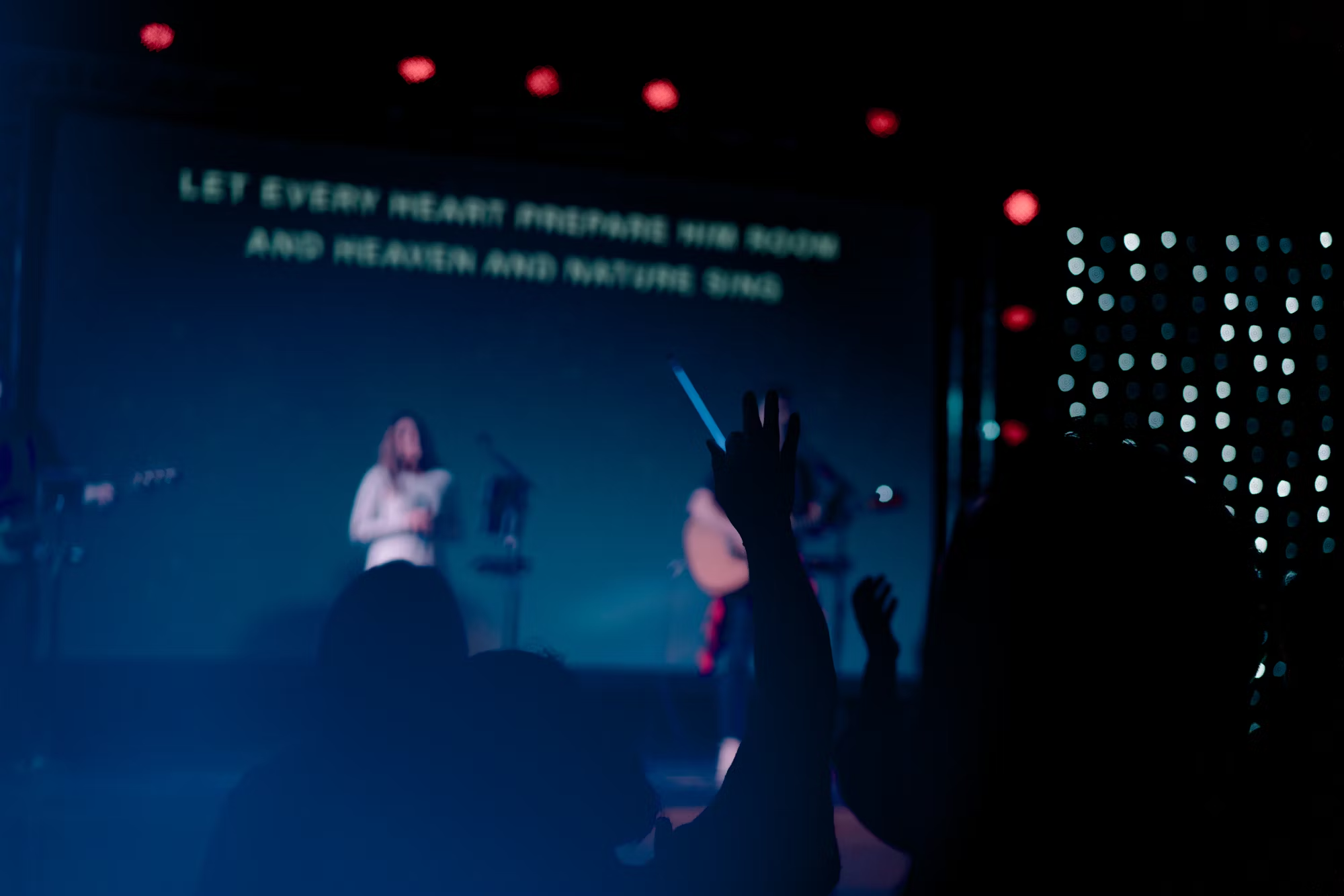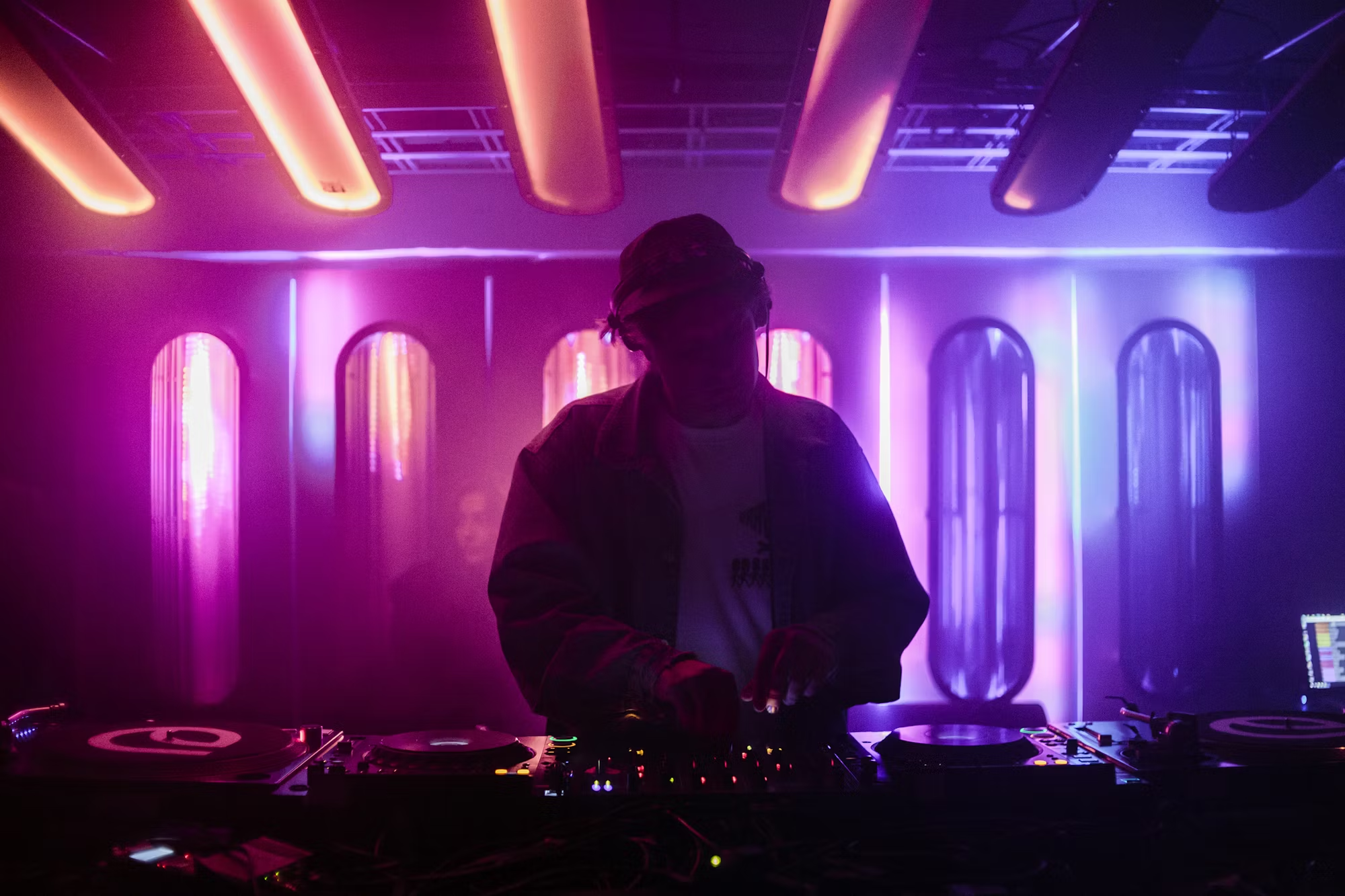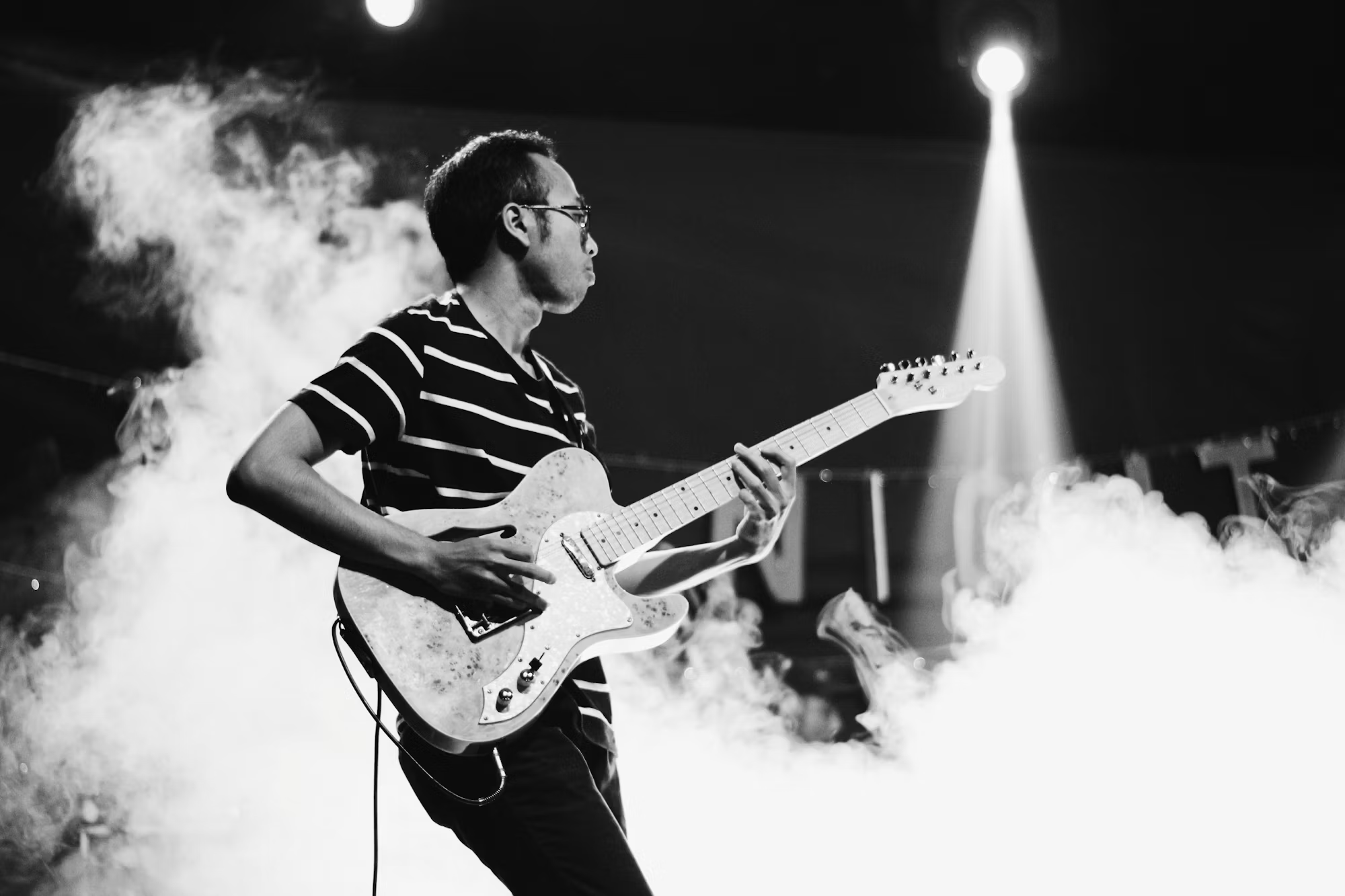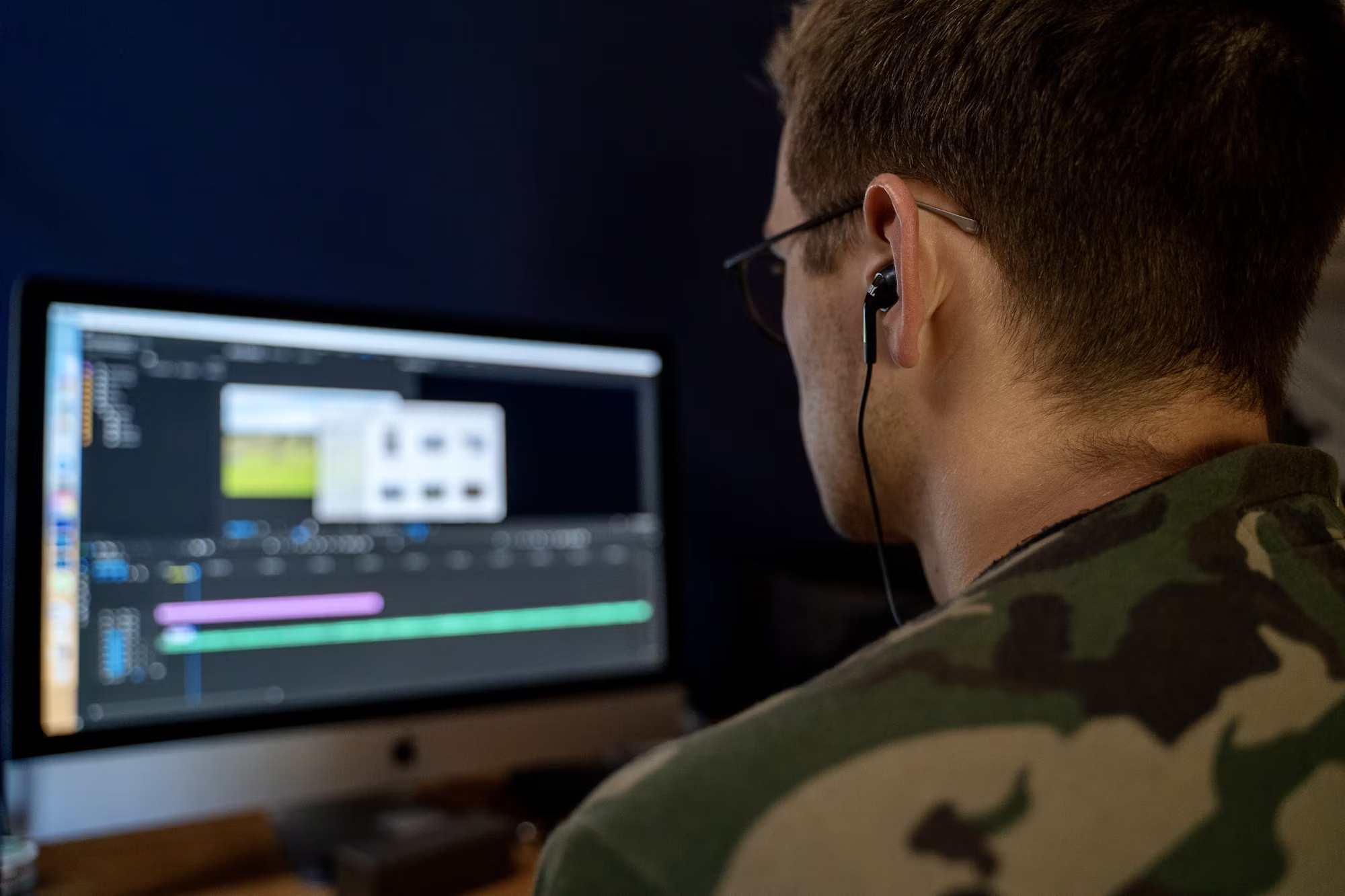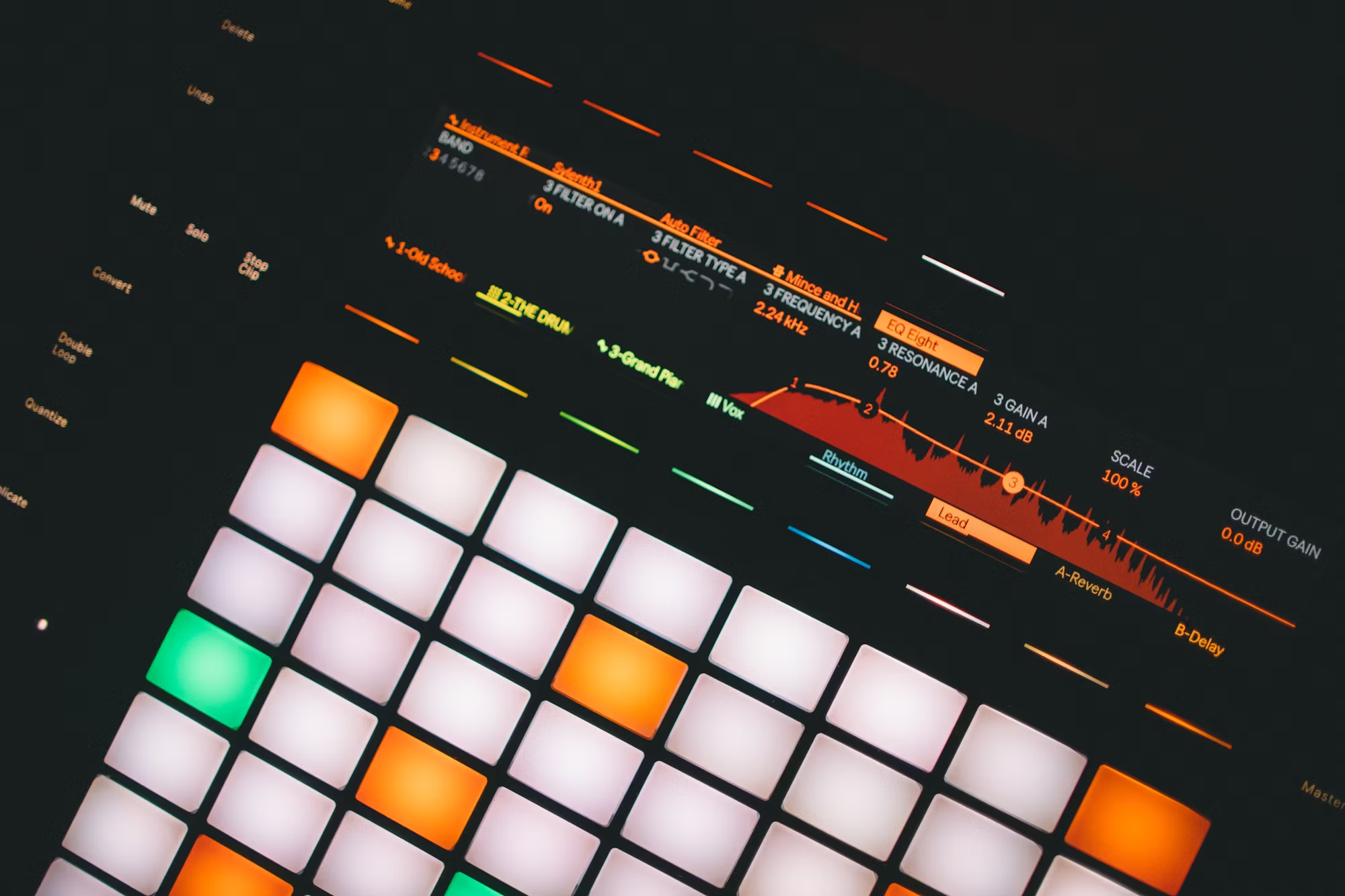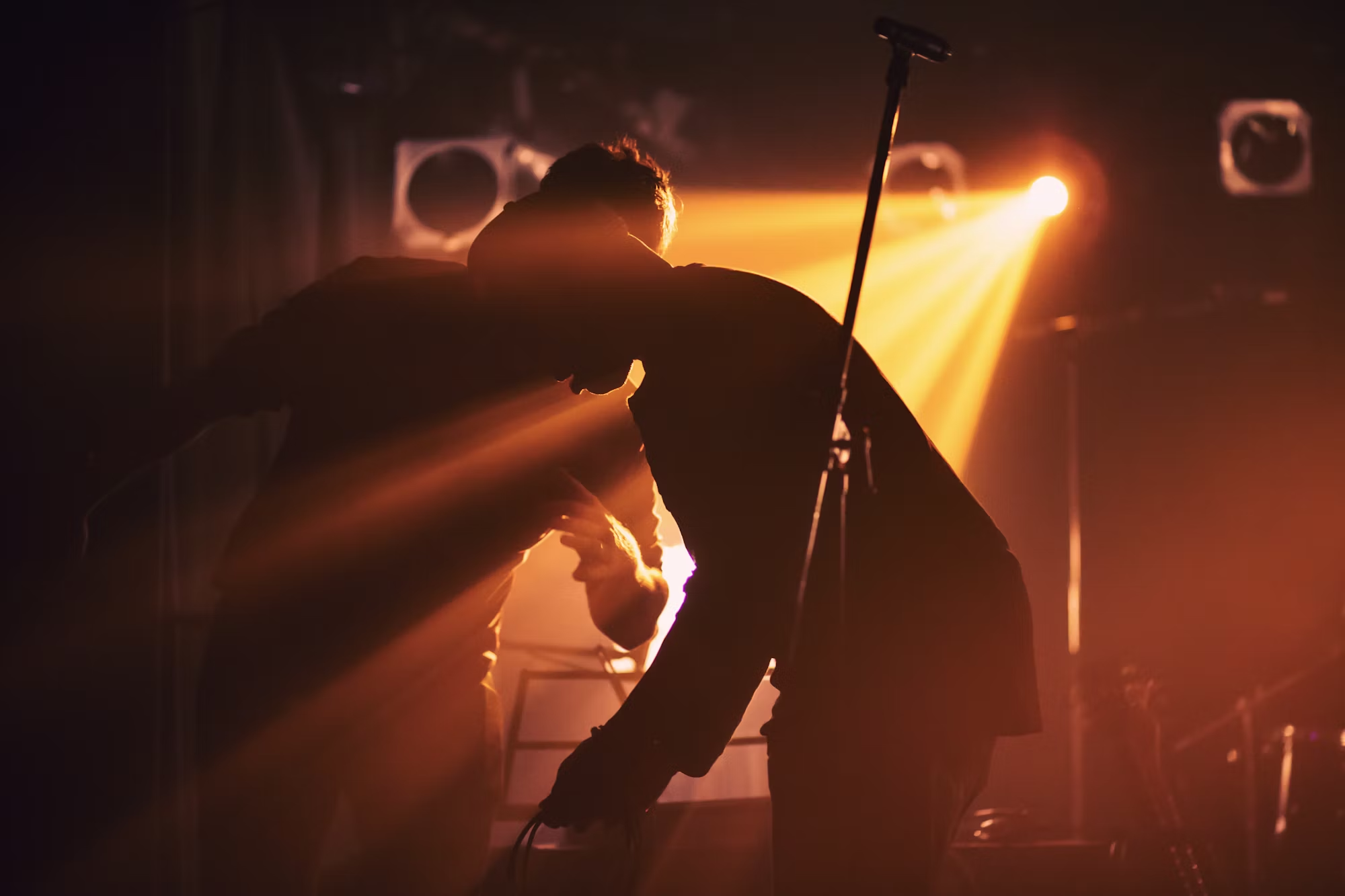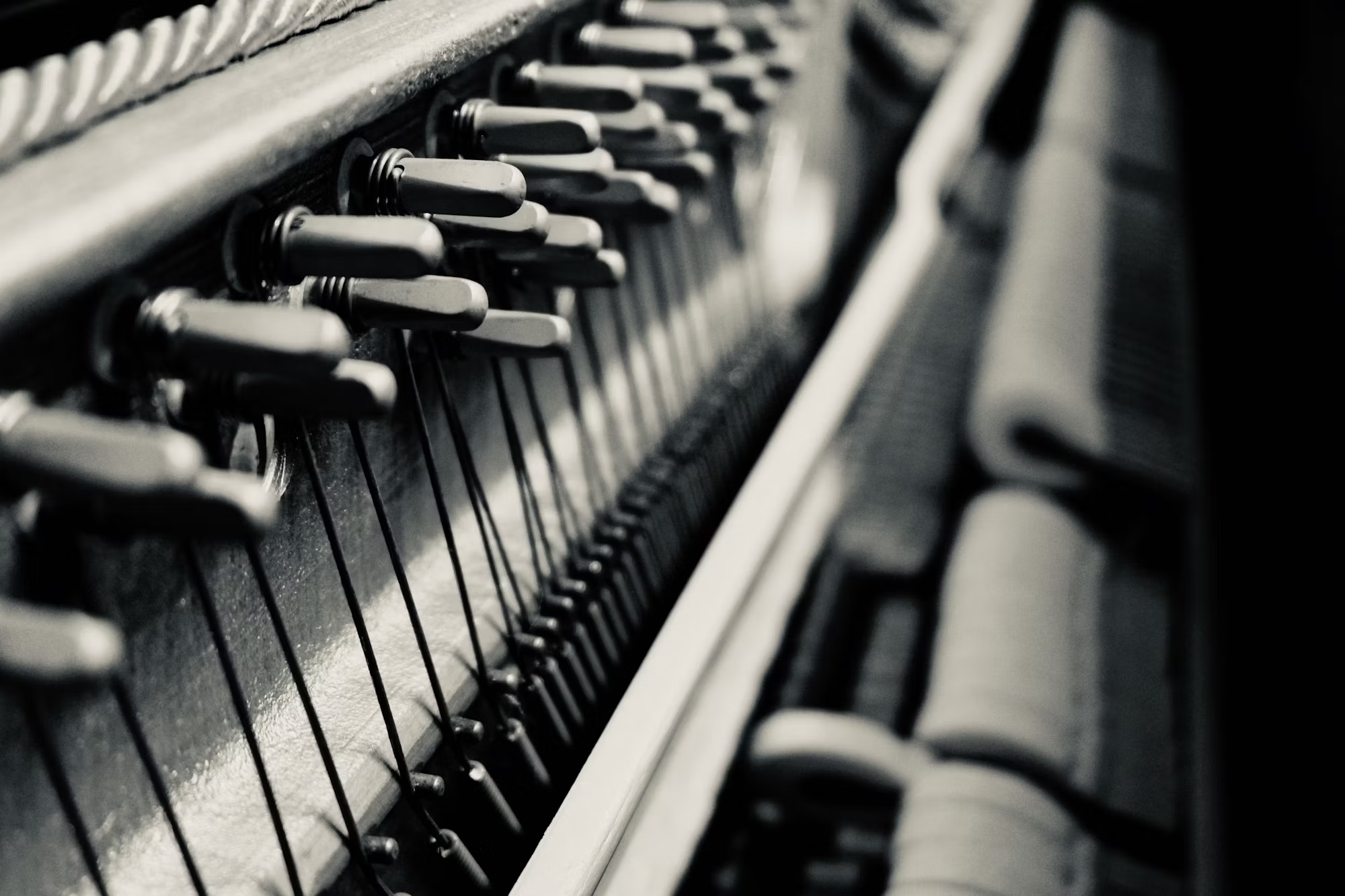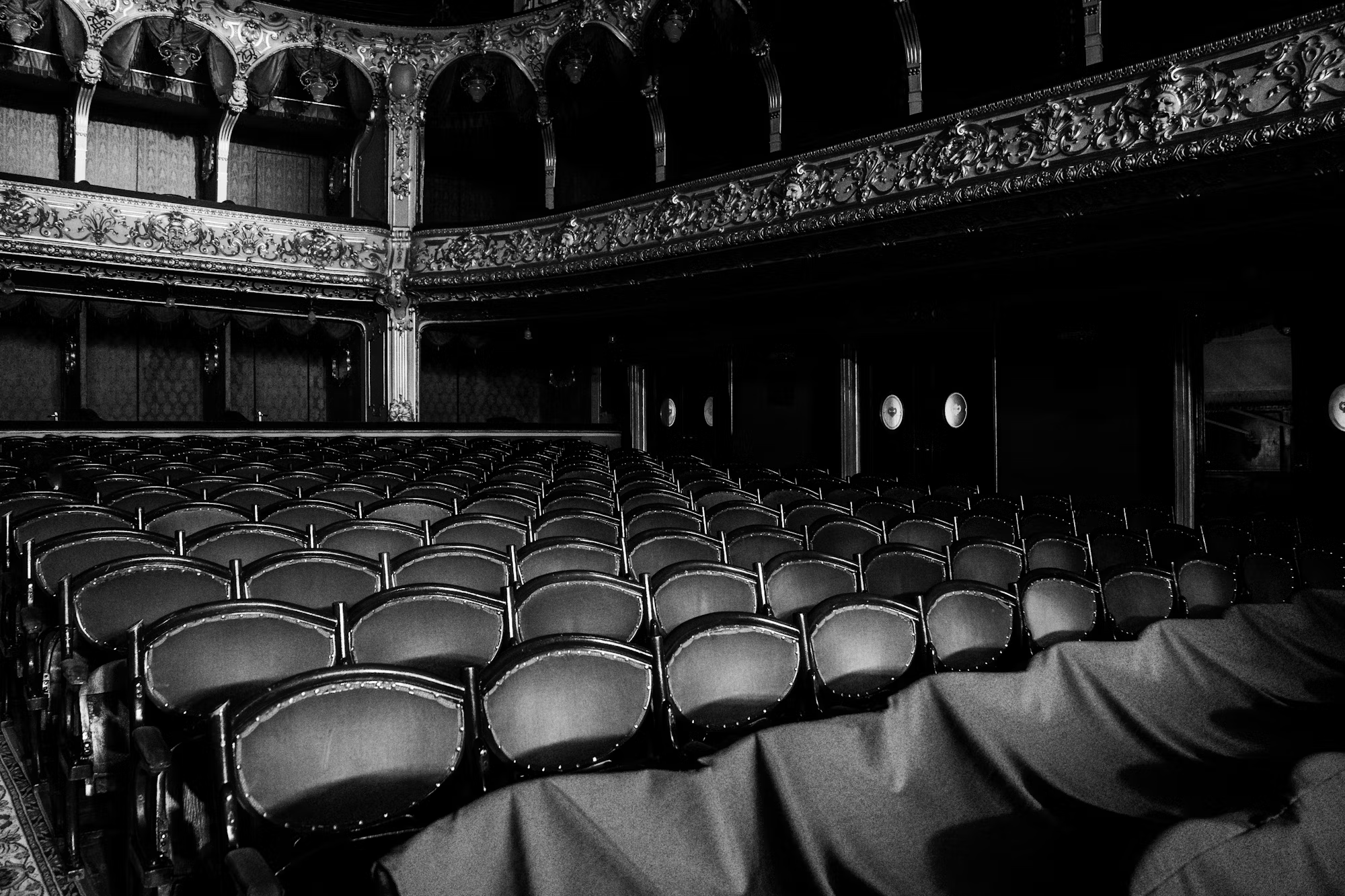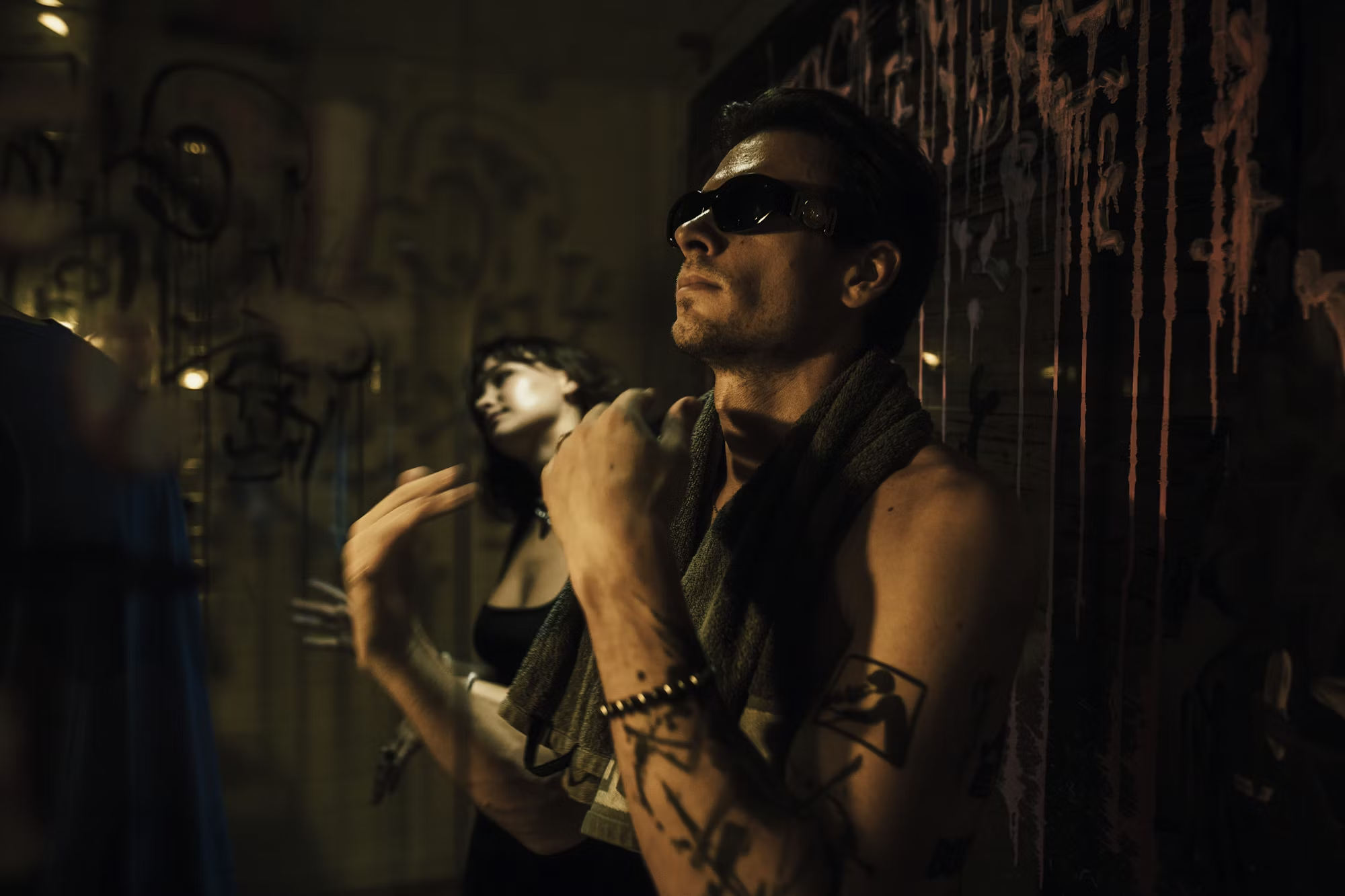Music is a universal language that transcends borders and connects people across cultures and generations. From ancient melodies to contemporary beats, the evolution of music genres tells a rich story about human creativity, societal changes, and cultural identity. This article takes a closer look at the development of several major music genres, examining their origins, transformations, and the cultural narratives they embody.
Classical Music: The Roots of Expression
Classical music, often viewed as the foundation of Western musical tradition, spans centuries and encompasses a diverse range of styles and forms. Originating in the sacred and secular traditions of Europe, classical music laid the groundwork for many contemporary genres. The Baroque era (1600-1750) featured composers like Johann Sebastian Bach and George Frideric Handel, who utilized complex musical structures and emotional depth to engage listeners. Bach’s fugues and Handel’s oratorios showcased the intricacies of harmony and counterpoint, establishing a standard for musical excellence.
As we moved into the Classical period (1750-1820), composers such as Wolfgang Amadeus Mozart and Joseph Haydn focused on clarity, balance, and form. Mozart’s operas, with their beautiful melodies and intricate orchestrations, reflect the societal norms and cultural values of the Enlightenment. This period marked a significant shift towards a more structured approach to composition, highlighting the importance of musical form in expressing ideas and emotions.
The Romantic period (1820-1900) saw an explosion of individual expression, with composers like Frédéric Chopin and Pyotr Ilyich Tchaikovsky pushing the boundaries of emotional expression in music. Their works often explored themes of love, nature, and the human experience, resonating with audiences on a personal level. The rich, emotive quality of Romantic music continues to inspire modern musicians, demonstrating the timeless relevance of classical traditions.
The Rise of Popular Music: A Voice for the People
With the advent of the 20th century, popular music began to emerge as a dominant cultural force. Jazz and blues, rooted in African American traditions, became vehicles for storytelling and emotional expression. Iconic artists such as Louis Armstrong and B.B. King brought these genres to the forefront, using their music to reflect the joys and struggles of everyday life. The improvisational nature of jazz allowed for personal expression and creativity, while the poignant lyrics of blues highlighted the human condition.
Rock and roll burst onto the scene in the 1950s, forever altering the musical landscape. Bands like The Beatles and The Rolling Stones not only revolutionized music but also influenced fashion, attitudes, and social movements. The Beatles’ innovative approach to songwriting and studio experimentation resonated with a generation seeking authenticity and change. Their music often tackled themes of love, unity, and social justice, reflecting the tumultuous spirit of the 1960s.
As rock evolved, new subgenres emerged, including punk and alternative rock. Bands like Nirvana and The Ramones challenged mainstream conventions, addressing issues of disillusionment and rebellion in their music. Their raw sound and authentic lyrics resonated with a generation grappling with identity and societal expectations, showcasing music’s ability to articulate collective feelings of alienation and hope.
Hip Hop: A Cultural Movement
Hip hop emerged in the late 20th century as a powerful cultural movement, providing a platform for voices from urban communities. Rooted in African American musical traditions, hip hop encompasses not only music but also dance, fashion, and visual art. Artists like Tupac Shakur and Notorious B.I.G. used their music to address social issues, exploring themes of identity, inequality, and resilience. Their lyrics served as powerful narratives that reflected the realities of their communities, resonating with listeners from diverse backgrounds.
Today, hip hop continues to evolve, with artists like Kendrick Lamar and Cardi B pushing boundaries and addressing contemporary issues. Lamar’s work tackles themes of race, identity, and social justice, reflecting ongoing dialogues within society. The genre’s adaptability and relevance underscore its significance as a form of artistic expression and cultural critique, resonating with audiences around the world.
The World of Electronic Music
The late 20th century witnessed the rise of electronic music, characterized by its innovative use of technology and diverse soundscapes. Pioneering artists like Kraftwerk and Daft Punk pushed the boundaries of music production, introducing new sounds and styles that captivated audiences. The accessibility of music production technology democratized the creation of music, allowing aspiring artists to experiment and share their work globally.
Electronic music festivals have become cultural phenomena, uniting people from various backgrounds to celebrate rhythm and sound. The communal experience of live performances highlights music’s power to foster connections and create shared moments of joy. The genre’s dynamic nature continues to evolve, incorporating influences from different musical traditions while pushing creative boundaries.
Folk Music: Tradition and Change
Folk music, deeply rooted in cultural traditions, serves as a means of preserving heritage while adapting to contemporary themes. Artists like Bob Dylan and Joan Baez used folk music as a platform for social change, addressing issues such as civil rights and peace through their poignant lyrics and melodies. Their music resonated with audiences seeking authenticity and connection, demonstrating the power of folk traditions to engage with societal movements.
Contemporary folk musicians, such as The Lumineers and Hozier, blend traditional elements with modern influences, crafting songs that speak to themes of love, loss, and community. Their music resonates with listeners navigating an increasingly complex world, showcasing folk music’s enduring relevance in contemporary culture.
The Global Influence of World Music
World music encompasses a rich array of styles from diverse cultures, showcasing the beauty of global musical traditions. Latin music, with its infectious rhythms and vibrant melodies, has gained immense popularity across the globe. Artists like Shakira and Bad Bunny have brought salsa, bachata, and reggaeton into the mainstream, highlighting the energetic spirit of Latin sounds. These genres not only entertain but also celebrate cultural identity, connecting audiences through dance and rhythm.
African music, with its diverse genres such as Afrobeat and highlife, has made significant contributions to the global music landscape. Artists like Fela Kuti and Angelique Kidjo have brought African rhythms and themes to international audiences, bridging cultural divides and fostering global understanding through their artistry. Their music often addresses social and political issues, reflecting the richness and diversity of African cultures.
Asian music presents a diverse tapestry of sounds that blend traditional and contemporary elements. From Ravi Shankar’s introduction of Indian classical music to Western audiences to the global phenomenon of K-pop, exemplified by groups like BTS, Asian music showcases the diverse cultural influences shaping today’s musical landscape. The fusion of styles and genres reflects a globalized world where musical traditions continue to evolve and inspire.
Conclusion: The Enduring Power of Music
The evolution of music genres is a testament to the resilience and creativity of humanity. Each genre not only reflects the historical and cultural context of its time but also shapes the collective identity of its audience. From classical compositions that evoke deep emotion to contemporary pop anthems that inspire unity, music has the power to connect us, challenge us, and transform our understanding of the world. As we celebrate the rich diversity of musical traditions from around the globe, we recognize the enduring influence of music as a tool for social change, cultural expression, and human connection.

